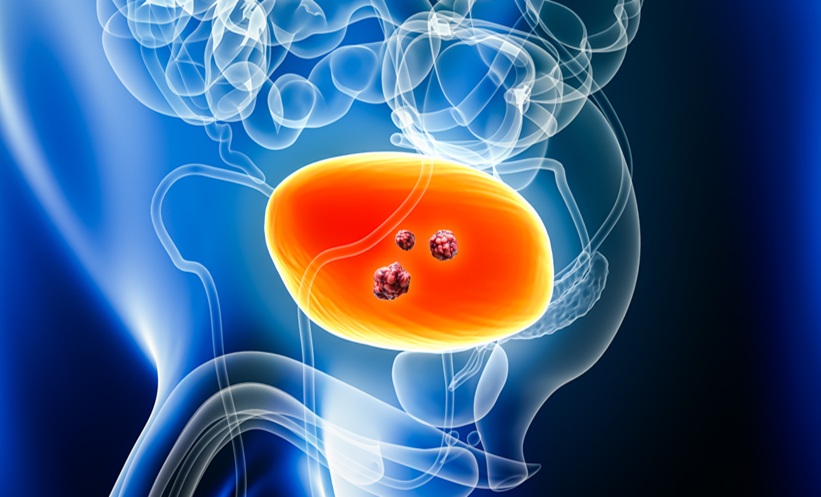NEW vaccines could soon be developed to combat urinary tract infections (UTI), following research that has provided a detailed view of a spring-like shock absorber used by the most common bacteria of UTIs to remain attached to the urinary tract lining.
It is estimated that up to 50% of women develop a UTI during their lifetime, making them a common and often painful problem. In order to establish an infection with the urinary tract, a bacterium, such as the form of Escherichia coli that is responsible for up to 90% of UTIs, must be able to withstand the considerable force of urine flow. To do so, the bacteria use miniscule, tightly coiled appendages called pili to remain anchored to the urinary tract lining. The pili flex and bend in response to the currents of urine flow, and are able to completely uncoil; it is this flexibility that allows the appendages to survive relatively large forces without breaking, enabling bacteria to withstand the flow of urine and prevent being swept out of the urinary tract.
“These pili are important surface-exposed appendages that bacteria use to recognise and adhere to host tissues. They are also important in making bacterial biofilms,” commented Prof Gabriel Waksman, University College London, London, UK. “The main challenge is that, until recently, there was no method to determine the atomic-resolution details of these appendages. However, recently, revolutionary progress in electron microscopy has changed that. We can now generate views of these pili at very high resolution, yielding unprecedented atomic details that shed light into the function of these pili.”
Prof Waksman and his colleagues used submicroscopic imaging created with a powerful cryo-electron microscope to produce the most detailed depiction of the pili assembled to date. The result was a colourful image, with a level of atomic detail that was previously unattainable.
Gaining full knowledge of the pili’s shape and structure is key; understanding how the bacteria anchor themselves to the urinary tract may help doctors to develop novel drugs and vaccines to combat them. If doctors were able to develop a drug to prevent the pili from attaching to the lining, infection would not occur as the bacteria would be harmlessly washed away, which would be great news for UTI patients.
(Image: freeimages.com)







